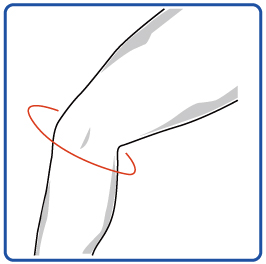 Knee
Knee
The knee is a compound joint formed by the femoral and tibia bones and the patella. It can be compared to a spring as it cushions and absorbs reactive force during motion. Shocks, falls and collisions during excessive training or exercise can increase the potential for injuring the knee joint.
Our Sports Medicine team stresses the maintenance of the shock-absorbing capability of joints. During dynamic knee performance, straps and medial lateral hinges or stays are used to strengthen the spring-like characteristics of a knee brace. The knee braces with patella opening and silicon pad design help enhance stability and relieve pressure on injured knees.
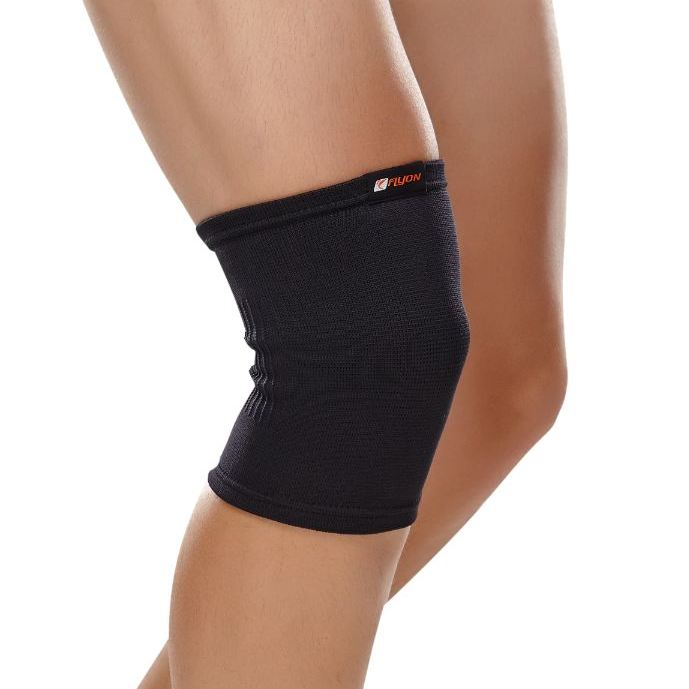
Item Code:F701
Description:Elastic Knee Support
Material:Polyamide, Polyester, Rubber
Size:S, M, L, XL
Color:Black
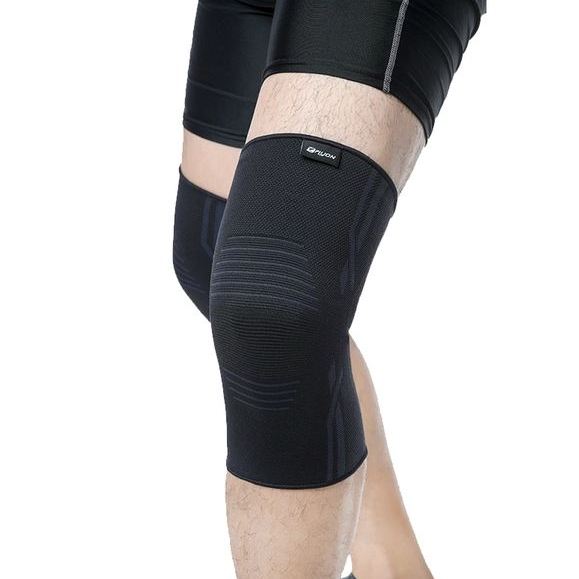
Item Code:F707
Description:4-way stretching Elastic Knee Support
Material:Polyamide, Polyester, Spandex, Rubber
Size:S, M, L, XL
Color:Black/Grey
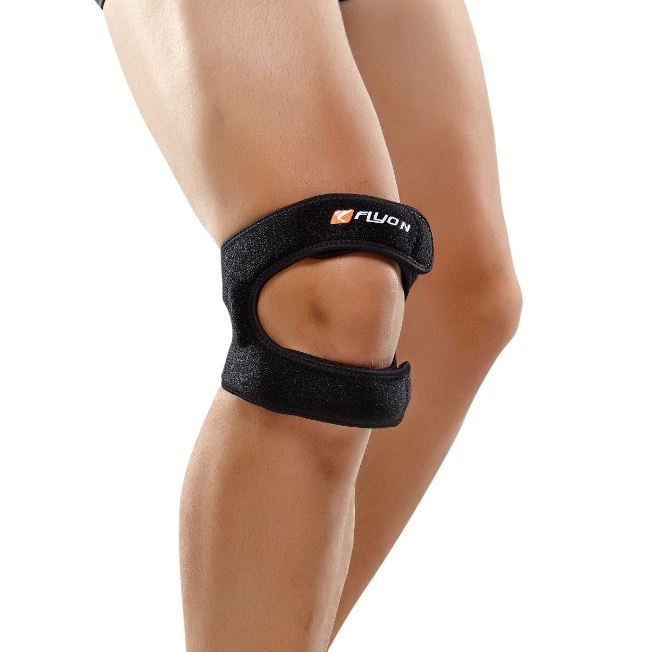
Item Code:F711
Description:Dual Strap Knee Brace
Material:Neoprene, Polyamide, EVA, Spandex, Polyester
Size:S/M, L/XL
Color:Black

Item Code:F713
Description:Neoprene Knee Stabilizer with double side spring stays
Material:Neoprene, Polyamide, EVA, Spandex, Polyester, Metal Springs
Size:S, M, L, XL
Color:Black

Item Code:F714
Description:Neoprene Hinged Knee Stabilizer
Material:Neoprene, Polyamide, EVA, Spandex, Polyester, Metal Hinge stays
Size:S, M, L, XL
Color:Black
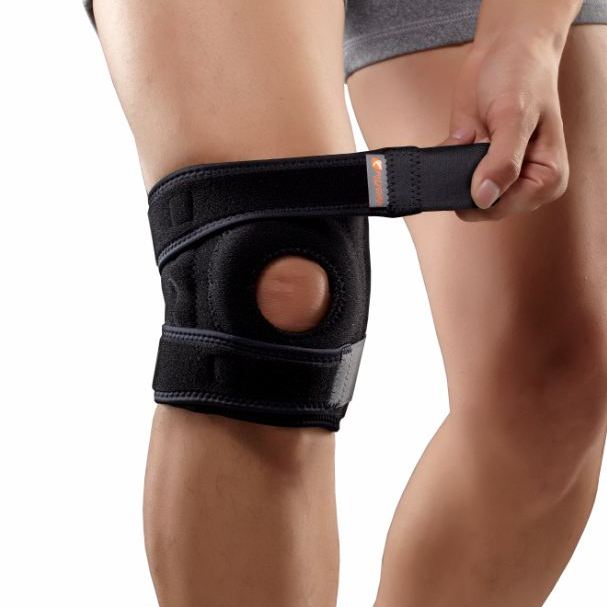
Item Code:F718B
Description:Extra Lite Knee Support with side stays
Material:Neoprene, Polyamide, EVA, Spandex, Metal Spring stays
Size:One Size
Color:Black

Item Code:F718D
Description:Adjustable Knee Brace with Compression Straps
Material:Neoprene, Polyamide, EVA, Spandex, Metal Stays, Polyester, Rubber
Size:One Size
Color:Black/Orange
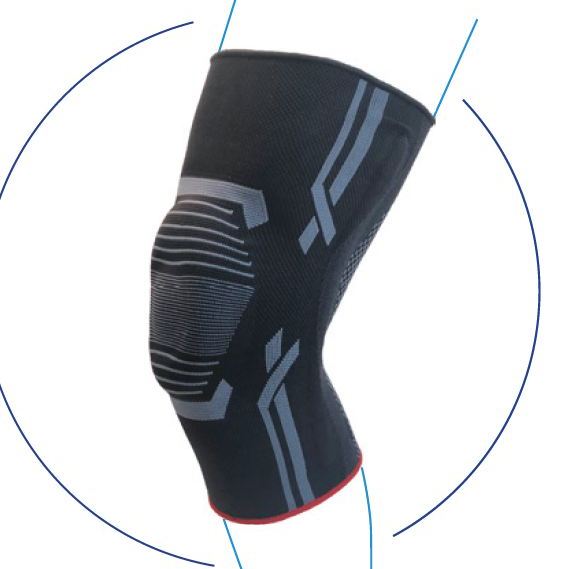
Item Code:F719
Description:Elastic Knee Brace with Gel Patella Cushion and Side Stays
Material:Polyamide, Spandex, Polyester, Cotton, Gel Pad, Metal Spring Stays
Size:S, M, L, XL
Color:Black/Grey
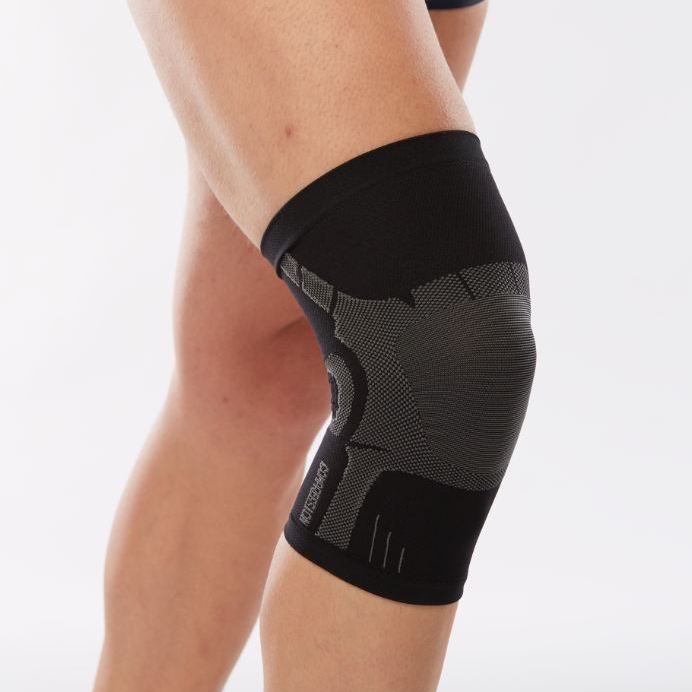
Item Code:F720
Description:Compressive Knee Sleeve
Material:Polyamide, Spandex
Size:S, M, L
Color:Black/Grey
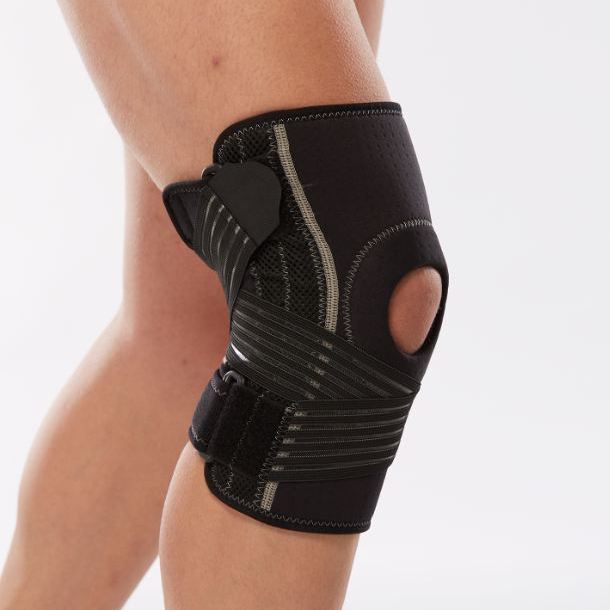
Item Code:F721
Description:Adjustable Knee Brace with Compression Straps
Material:Neoprene, Polyamide, Polyester, Spandex, Metal Spring Stays
Size:One Size
Color:Black

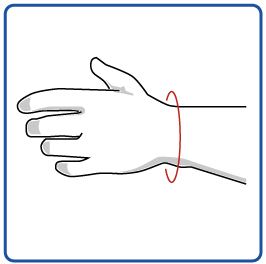 Wrist
Wrist Elbow
Elbow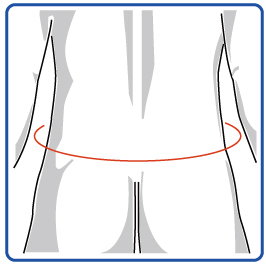 Back
Back Knee
Knee Thigh & Calf
Thigh & Calf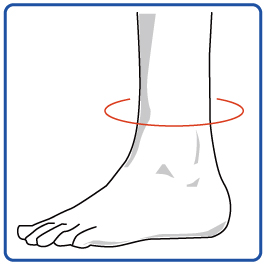 Ankle
Ankle